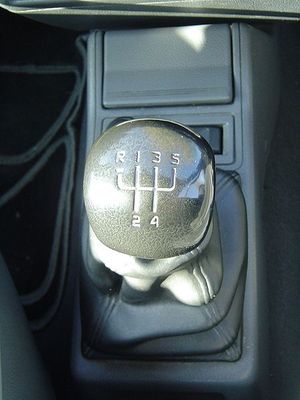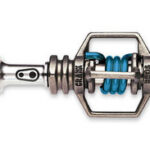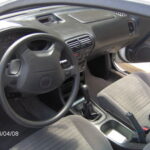The manual transmission might seem like a dinosaur from the automotive stone age, but learning to drive a stick shift makes it possible to move that gorgeous 1988 Corvette anniversary edition your husband left sitting in the driveway – behind your car.
Take stock of the hardware
The big “R” on the gear shift knob denotes the reverse gear. The numbers mark the forward gears. As a general rule of thumb, most driving takes place in second gear. To the left of the break- and gas pedals, you find the clutch pedal. Step on it whenever you change gears.
Understand the basic operation of the stick shift
Experienced drivers can tell just by the hum of the engine when it is time to shift gears. For the novice learning how to drive a stick shift for the first time, the tachometer is an invaluable helper. As a general rule of thumb, you should shift up a gear for every 2,500 to 3,000 revolutions per minute (RPM). Of course, if you are learning to drive a stick shift in a high performance automobile, all bets are off and you need a seasoned driver to help you find the sweet spot for shifting. If the engine seems to be revving, it is past time to shift. Learn to listen to the sounds a manual transmission makes and take your cues from them.
Putting the pedal to the metal
Begin your stick shift practicum in a deserted parking lot. Make sure the car is in neutral before starting. Put your foot on the clutch and start the car; release the parking brake and shift into first gear. Release the clutch slowly while stepping onto the gas pedal (also slowly); speed up. Time your shift into second gear just right.
Fine-tuning your stick shift travels
Remember: the sweet spot for shifting up is the moment when you step on the clutch and get off the gas. Ease off the clutch gently and gingerly step down on the gas pedal. When it is time to down-shift, step down on the clutch and shift to a lower gear while concurrently stepping on the brake pedal. Gently let out the clutch and repeat to get to the next lower gear.
Troubleshooting your drive
The unexpected lunge: Do you find yourself suddenly jerking forward when moving again after a stop? Does the vehicle stall? The odds are good that you released the clutch too early. If this happens a lot after shifting up from a complete stop, consider giving the car less gas.
The grinding sound: Did you fully engage the gear? The sound is enough to make you jump out of your skin — which is why you are learning how to drive a stick shift in a deserted parking lot without any onlookers — but it also provides a learning experience. Turn off the car, after shifting into neutral, and practice moving the gears around. Get a feel for the manual transmission.
The embarrassing stall: The car was moving a bit and you took the foot off the clutch pedal too soon. It happens to everyone. Push in the clutch, start the car and try again. Make every effort to release the clutch more slowly this time around.





